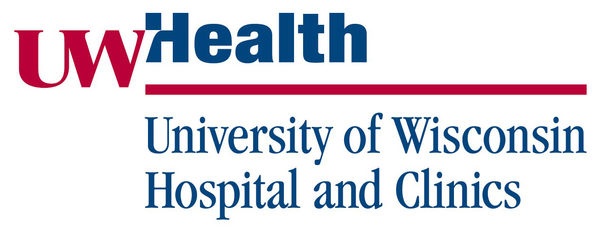
UW Health is an integrated health system serving 618,000 patients each year in the Upper Midwest and beyond with 1,400 physicians, 16,500 employees, six hospitals, and 80 outpatient sites. UW Health is governed by the UW Hospitals and Clinics Authority Board, UW Health supports patient care, research, educations and community service missions of the UW School of Medicine and Public Health. UW Health was voted the best hospital in Wisconsin. UW Health has a large transplant program that has been serving WI for over 40 years.
Why is it Important to Capture Test Data in Structured EMR Fields?
- Providers need lab data in discrete form
- Clinical staff need to be able to track and trend data
- Providers need a quick turnaround time of results
- Staff needed a way to better organize influx of data (not just lab results)
- Patient population is all over the nation
What UW Health Was Doing Prior to the Automated Process
Prior to the automated process, clinical staff was manually entering patient test data into the EMR to track lab results before and after transplant.
Over a 6 month period, the UW Health Transplant Department entered data on:
- 4,973 Patients
- 30,986 Orders
- 324,015 Component Results
Transplant staff had to sort through documentation sent to UW Health (not just lab work), and IT had to maintain lots of system build to accommodate the organization’s ongoing needs.
There were many attributes that influenced the move to an automated solution. The manual transcription process was error prone and took a lot of time in order to keep up with the volume of data. It was difficult to meet lab requirements which were very specific on what information was required for a particular result (components, reference ranges, etc.). IT had to maintain the build in order to keep up with change and the staff was losing time that could be spent on patient care and other important tasks.
How UW Health Solved the Problem and What They are Doing Today
UW Health looked for an automated solution to eliminate the manual process. UW Health found a solution with Extract and worked closely to evaluate workflows, install, test, train and implement the software.
“We’re entering tests 80% faster and we’re still improving. Our backlog is smaller and test results are in the EMR within 24 hours. Priority data I in the EMR within 1 hour. Extract is now expanding into other parts of UW Health.” –Cathy Werwinski, Senior Transplant Coordinator
UW Health Transplant saw the following results:
- Decreased turnaround time
- Eliminate duplicate results
- Trendable data is easily tracked
Moving forward, UW Health has decided to expand the use of Extract’s automated data extraction into other departments as well.
UW Health is establishing an order interface to capture patient record numbers and order numbers and importing the tests directly to the EMR to enable a more streamlined approach. The turnaround time is anticipated to decease and the procedure aligns with other organization initiatives.
Lessons Learned
- Implementation of any technology is not just about the technology but the hard work is to reengineer the workflow that surrounds the system
- Aptitude for one workflow is very different than aptitude for another
- The people you put into place are key to the success
- Technology can make process better, but human intervention still needed
